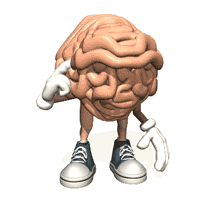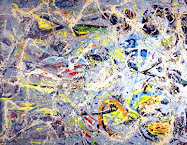Erratic Boulder
6.25" x 8.5"
Pastel & Charcoal
Casey Klahn
These car sized boulders are called glacier erratics. They remind me of the way that neutral colors can mimic, or reflect, the colors around them. This is true of the grays, and of the browns and tans that I used for the grass - they "adopt" the violets and blues that surround them.






















































